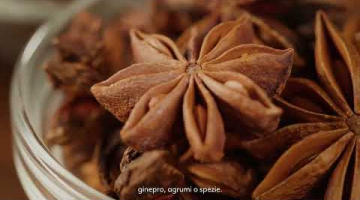Claude Giraud, President of the “Boissons Spiritueuses Champenoises” organisation, has just announced a mini revolution on the eve of the 2015 harvest in Champagne: for the first time in its eight centuries of existence RATAFIA DE CHAMPAGNE, also known as RATAFIA CHAMPENOIS, is to be officially acknowledged as a product of Champagne. It will receive PGI (Protected Geographical Indication) status, a designation emanating from the European Agricultural Product Quality Policy. This accreditation, via the French origin and quality body INAO, confirms its origins, and the specific, recognised methods and traditions of Champagne.
Claude Giraud commented: “Champagne once again demonstrates its capacity to unite. It has been able to transcend the preconceptions that had grown around this regional product to form a virtuous circle – organising, structuring and adding value to the entire sector of AOC-related products. This qualitative, defined and rigorously controlled approach, with its direct link to the quality of the AOC CHAMPAGNE grapes from which it is made, makes RATAFIA DE CHAMPAGNE an exceptional regional product unlike any other.”
By proudly bearing the name of its region, RATAFIA DE CHAMPAGNE makes an important contribution to the image of a ‘Terroir of History and Quality’ with practices that respect both the environment and the work involved in the creation of a GRAND VIN DE CHAMPAGNE. In order to ensure European recognition of the PGIs ‘RATAFIA DE CHAMPAGNE’ and ‘RATAFIA CHAMPENOIS’, winemakers in Champagne set up the “Association of Producers of Spirits of the Champagne Geographical Indication” in June 2014. This included Ratafia producers, distillers, the Champagne winegrowers’ union and the Maisons de Champagne union. This association, officially recognised as an ODG (a protection and quality organisation), drafted the specifications for the three Champagne PGIs: RATAFIA, MARC and FINE, which were ratified in January and February of 2015.
The RATAFIA DE CHAMPAGNE and RATAFIA CHAMPENOIS specifications emphasize the direct link between the quality of raw materials and the specific production conditions of the Champagne appellation which governs the area in which the grapes are grown. The three main Champagne grape varieties – Chardonnay, Pinot Noir and Pinot Meunier – are harvested in whole bunches to preserve their freshly-picked quality until they reach the press. They are then gently pressed to obtain must up to a limit of 2,666 litres for 4,000 kilos of grapes. This must is obtained during and after extraction cycles yielding the juice that will be used to make the champagne.
The alcohol used as the basis for making RATAFIA DE CHAMPAGNE and RATAFIA CHAMPENOIS is a grape alcohol produced, according to local custom, from Champagne appellation grapes. The must used in the making of RATAFIA DE CHAMPAGNE and RATAFIA CHAMPENOIS is taken essentially from the first 116 litres of juice extracted in a fourth and final press of 4,000 kilos of grapes, known as rebeche. This exemplary use of by-products is inscribed in the specifications of the Champagne appellation, which stipulate that the juice obtained from the rebeche should be set aside for distillation or for making liqueur.
Production of this liqueur is limited to some 15 million bottles (6% of the AOC). Its rarity means it is mainly destined for the gastronomic environment, in particular as a complement to champagne at the end of a meal. Its fresh grape flavour, often marked by Pinot and the influence of soft chalky soil, marries admirably with all types of cuisine from different cultures around the world.
thanks to :http://www.vitabella.fr/revolution-in-champagne-ratafia-champagne-gains-...
















